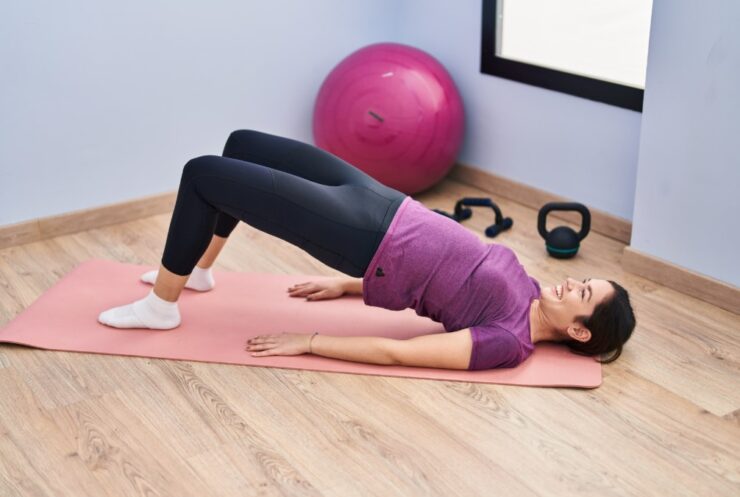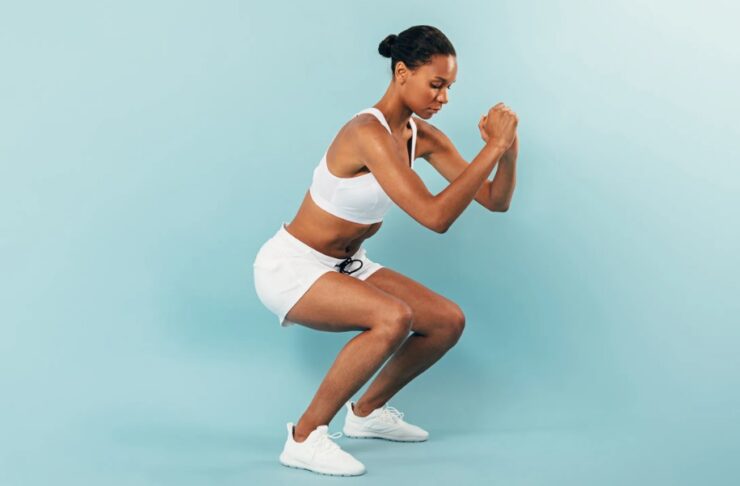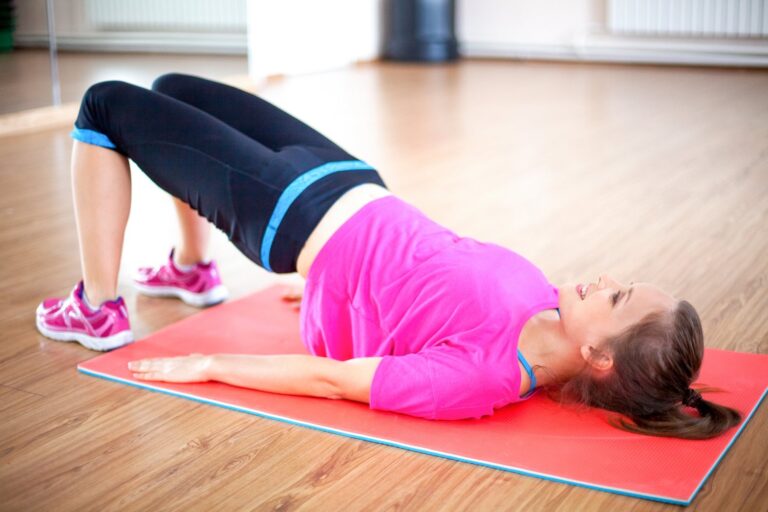Whether you’re a new mom recovering from childbirth, a seasoned parent juggling toddlers, or transitioning through perimenopause, there’s one area of your body that deserves more attention than you might think: your pelvic floor.
Often overlooked, the pelvic floor plays a vital role in your health and quality of life, and not just after giving birth. Strengthening it can improve bladder control, support core stability, enhance intimacy, and even prevent problems down the road. And one of the most effective ways to care for it? Kegel exercises.
What Is the Pelvic Floor and Why Should Moms Care?
The pelvic floor is a group of muscles and connective tissue that acts like a sling, supporting your uterus, bladder, rectum, and bowels. These muscles help control when you urinate or have a bowel movement, assist with sexual function, and even contribute to good posture.
Pregnancy, childbirth, and hormonal changes from menopause can all weaken the pelvic floor. As a result, you may notice symptoms like urine leakage when you sneeze or laugh, a sudden urge to go to the bathroom, or discomfort during intimacy.
But there’s good news, just like any other muscle group, you can strengthen your pelvic floor with regular exercise. Kegels and other pelvic exercises can be a simple, effective way for moms to regain control and confidence.
The Power of Kegels
Kegel exercises are one of the easiest ways to strengthen your pelvic floor, and the best part is, they’re discreet and can be done almost anywhere. No gym, equipment, or fancy gear required.

How to Find Your Pelvic Floor Muscles
Imagine trying to stop the flow of urine midstream. The muscles you engage to do that are your pelvic floor muscles. (Note: Don’t practice Kegels while actually urinating, this is just to help you identify the correct muscles.)
To ensure you’re targeting the right area, make sure your thighs, glutes, and abs stay relaxed during the exercise. If you feel any of those tensing, try adjusting your form.
How to do a Kegel:
- Start with an empty bladder.
- Sit, lie down, or even stand, whatever is most comfortable.
- Take a deep breath in.
- As you exhale, gently contract your pelvic floor muscles and hold for 3 to 6 seconds.
- Inhale again as you release.
- Repeat 10 times per session, up to three times a day.
At first, holding the contraction might feel tough, and that’s okay. Like any muscle, your pelvic floor needs time to build strength. With consistency, the exercises will become easier and more effective.

Beyond Kegels ─ More Exercises to Support Your Pelvic Health
While Kegels are a great place to start, incorporating other exercises can help target your pelvic floor from different angles and improve your overall core strength.
- Squeeze and release ─ This is a quick way to wake up the pelvic floor muscles. Simply contract the muscles and release immediately without holding the contraction. Focus on your breathing, and try to repeat for 30 seconds at a time.
- Hip bridges ─ Lie on your back with knees bent and feet flat on the floor. As you inhale, lift your hips while squeezing your glutes and pelvic floor. Hold the bridge position for a few seconds, then slowly lower. Repeat 10–15 times. This exercise also helps strengthen your core and lower back – bonus!
- Squats ─ Shallow, controlled squats are excellent for pelvic strength. Stand with feet shoulder-width apart, bend your knees slightly as if sitting in a chair, then return to standing. Keep your weight in your heels and your chest lifted. Try to incorporate 10–15 squats into your daily routine.

A Stronger You, From the Inside Out
Motherhood puts a lot of physical strain on your body. From pregnancy to postpartum and beyond, your pelvic floor takes on a heavy load. Taking a few minutes each day to strengthen these muscles isn’t just a fitness routine, it’s an act of self-care.
Remember, you don’t have to wait for problems to arise. Strengthening your pelvic floor now can help prevent issues later, and improve everyday life in ways you might not expect. Better bladder control, improved comfort during intimacy, and more core stability? Yes, please.
So next time you’re sitting in the carpool line or folding laundry, try a set of Kegels. Your pelvic floor, and your future self, will thank you.

